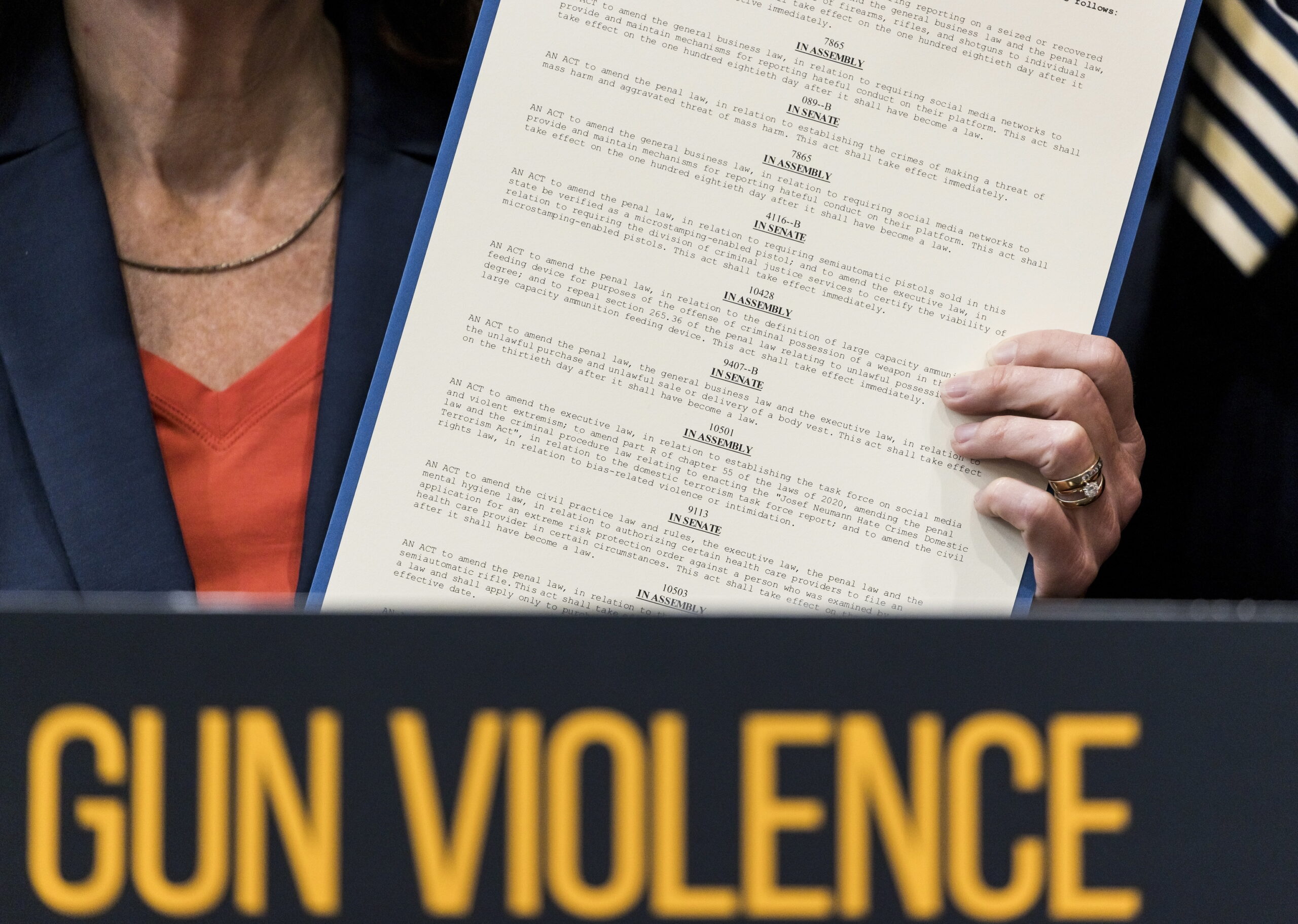No one in the United States knows precisely how many people are shot to death each year because, after winning control of Congress in November 1994, the Republican Party banned the production of official statistics on such events. Shortly before, on August 25, Bill Clinton had sanctioned the Law on the Use of Law and the Fight against Crime, which, among other things, prohibited the sale of semi-automatic weapons for a period of ten years. In its day, many attributed in part the Republican victory in the elections – a victory that put in power the most conservative wing of that party, led by Newt Gingrich, who in 2016 became one of the biggest supporters of Donald Trump – to the approval of that law, which went ahead with the vote of the Democrats.
The political consequences of the 1994 gun rights reform are more than just an anecdote. In a certain sense, it can be said that the movement that would give rise to ‘Trumpism’ 22 years later received an injection of popularity only with the prohibition of the sale of weapons that make more sense in Donbas than in a country at peace. So it stands to reason that American politicians are reluctant to bring up the issue of guns. Not so much because machine gun fans are many. In fact, only 32% of Americans own firearms, and no less than 70% of the country’s population is in favor of regulating these devices. The point is that staunch gun advocates are very well organized, and vote religiously in every election.
So we don’t know how many Americans have died from guns since that distant 1994. Maybe it’s better not to know. The news website ‘Insider’ estimates that 19,739 people were shot to death in 2020. In addition, there were another 24,090 who committed suicide by shooting themselves (the US has the highest suicide rate of advanced economies, and the number of deaths from this cause has grown by more than 30% so far this century). Besides, these figures do not include accidents, which claim several thousand more deaths.
Even so, it can be affirmed without fear of going too far – rather with the certainty that one falls short – that, from the 1994 reform to the one that is now about to be approved, at least half a million Americans have died shooting. The new plan drastically toughens the ability of those under 21 to buy guns, and creates new criteria that allow authorities to seize firearms from people with a history of domestic abuse, suicidality, or assault on third parties. Likewise, it increases the budget allocation for psychiatric care.
These are not measures that are going to have a significant effect on the whole of violence with firearms in the United States. It is true that many massacres – such as those in Uvalde and Buffalo this year, and in Newtown in 2012 – have been carried out by people under the age of 21 and that juvenile delinquency is at the root of many shootings. But the regulations do not close the door to these people having access to firearms. In addition, the US is brimming with weapons. If the percentage of Americans who have firearms is taken as a reference, they are only 1.4% of the world population; however, they have about 45% of the weapons on Earth.
There is also another question: that the reform goes ahead. In principle, the chances of that happening are high. In total there are 20 senators who support it. Ten are Democrats, and ten Republicans. That means a clear consensus, but only in theory. First of all, not one of the ten Republicans is facing re-election in the November legislative elections, which makes it clear that this party knows that its votes depend on its support for unrestricted access to firearms. What’s more: four of those ten Republicans are leaving politics this year, so they won’t have to submit to the judgment of the ballot box anymore.
And it is that, in practice, the reform could collapse if the bill that reflects it has too restrictive language. That would make it unacceptable to Republicans, which, in turn, raises an awkward question: Is this a reform that has to be written in a sufficiently ambiguous way that it has no practical consequences?
Conforms to The Trust Project criteria
















